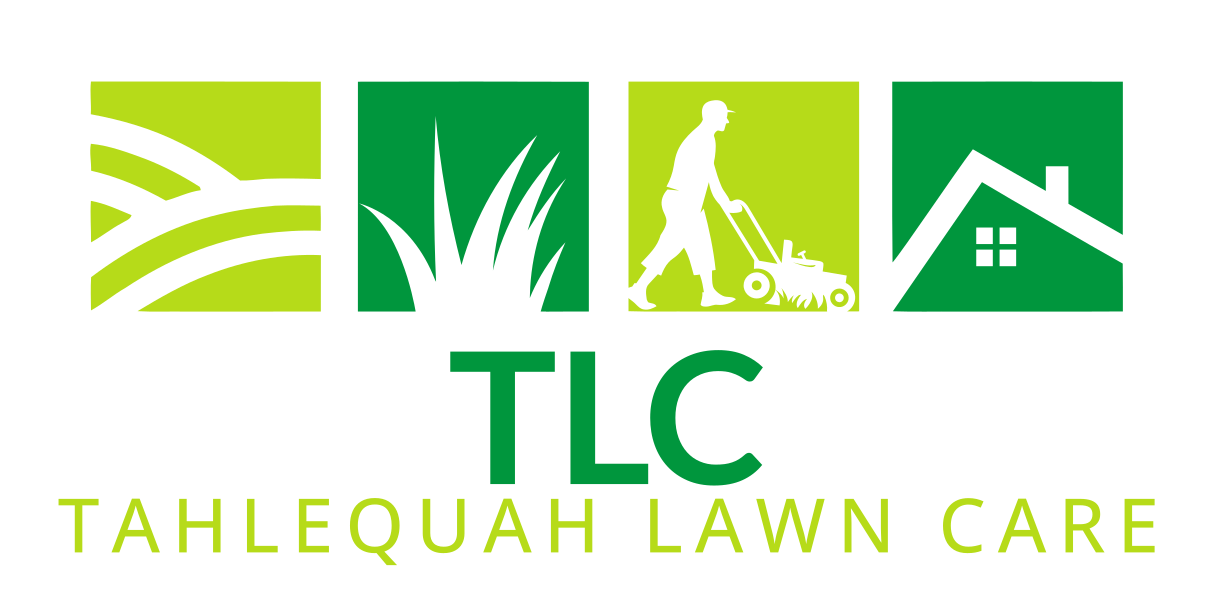Description
Gaze upon a Gala apple tree and marvel at its sturdy stature, ranging from 20 to 25 feet in both height and width. This tree flourishes in USDA zones 5 through 9, growing at a rate of 10 to 25 inches annually under the nourishing rays of full sun for at least 6 hours daily. It prefers moist, well-drained soil and rarely requires fertilization, although a balanced organic fertilizer with potassium and calcium might be beneficial.
This tree is a wonder of nature, being partially self-pollinating, though for optimal fruit production, it enjoys the company of another early flowering apple tree like Granny Smith, Fuji, or Crab Apple. Come spring, it dresses itself in beautiful red buds which unfold into soft pink to white flowers, heralding the arrival of its cherished fruits.
Gala apples stand out with their 3-inch diameter size, and a taste that is an intriguing blend of crispness, floral undertones, creaminess, and sweetness. Harvest time ranges from late summer to autumn, and a healthy tree can start to produce fruit within 2 to 5 years. However, beware of common pests such as the Codling moth, mites, and aphids, and potential diseases like fire blight and mildew. With proper care, a Gala apple tree can live a long life, anywhere between 35 to 100 years.
Gala apple trees are highly adaptable, capable of being pruned and trained into the most fantastical shapes. Their arching, cascading form and the glossy, attractive leaves make them an eye-catching feature in any garden. The dwarf variety of Gala apple trees, in particular, is an excellent choice for gardens with limited space, maturing faster and bearing fruit sooner, sometimes within just 3 years.
There are many well-loved cultivars of the Gala apple, including Royal Gala, Sansa, Kanzi, and Reubens, each holding a unique charm. The Gala apple tree’s roots can be traced back to New Zealand, where it was bred from historically significant varieties like Cox’s Orange Pippin, Golden Delicious, and Kidd’s Orange Red.
Gala apples are highly versatile, suitable for both sweet and savory dishes. They can be used in traditional pastries, apple guacamole, homemade applesauce, or air-dried apple rings. When compared to the Fuji apple, Gala apples have a purely sweet taste and an earlier harvest time in September.
Growing Gala apple seeds can be an exciting journey, though it requires patience as it might take a decade to see the fruits of your labor. These trees prefer a soil pH of around 6.0 and a high site to avoid damage from low-lying frost. For best results, plant them in spots with full sun exposure and dig a hole twice the size of the root ball to give roots ample space to grow.
Proper care for a Gala apple tree involves adequate light, proper watering, occasional fertilization, pest and disease control, and regular pruning. Despite the challenges, the reward of plucking a sweet, juicy apple from your own tree is a unique experience, making the Gala apple tree a worthy addition to any garden.






